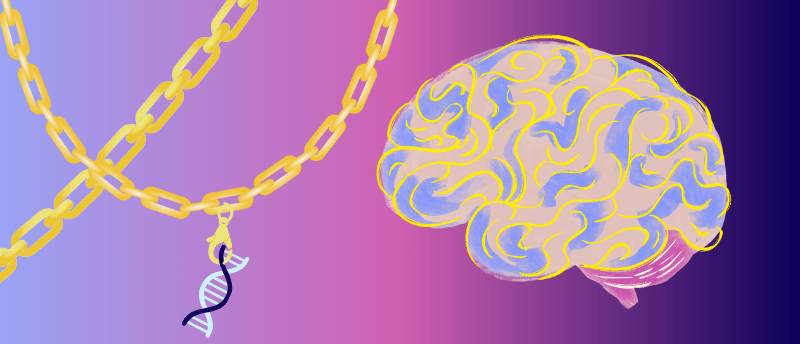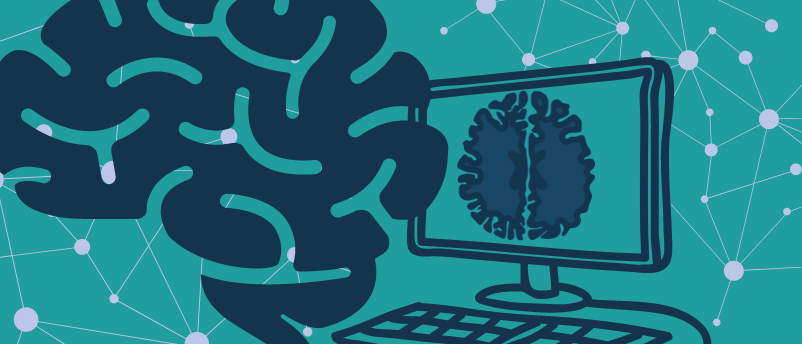Lucky CHARMs: molecular tools for treating prion diseases

CHARM – a novel molecular tool – can turn off disease-causing genes, such as the prion protein gene.
Researchers at the Broad Institute of MIT and Harvard have collaborated with the Whitehead Institute for Biomedical Research (both MA, USA) to rapidly develop a set of molecular tools that can turn off genes encoding disease proteins, providing a potential therapeutic strategy for fatal prion disease and other neurodegenerative diseases.
Prion disease affects the brain, leading to neurodegeneration and death. It is caused by misshapen prion proteins in the brain, which can deform other proteins and lead to loss of function as well as the formation of toxic aggregates. There are multiple types of prion disease; however, there aren’t currently any effective therapies for fatal prion diseases.
Upon learning that co-corresponding author Sonia Vallabh (Broad Institute) carries a disease-causing version of the prion protein gene, she and her husband, Eric Minikel, joined forces with co-corresponding author Jonathan Weissman (Whitehead Institute for Biomedical Research) and other collaborators to find ways to turn off these genes. In under 2 years, the team developed CHARM.
What is CHARM?
CHARM – Coupled Histone tail for Autoinhibition Release of Methyltransferase – is a molecular tool that can turn off the gene encoding a faulty protein, ensuring the disease protein is never made. CHARM does this by adding a chemical tag to DNA; this is called epigenetic editing, as opposed to gene editing, as the gene remains intact. However, like gene editing, CHARM should be able to permanently silence a gene, meaning that patients should only need to take CHARM once.
Previous research conducted by Weissman’s group resulted in the development of CRISPRoff, a CRISPR–Cas9-based tool for silencing genes. This tool adds methyl groups to target DNA, which prevents the gene from being transcribed and therefore expressed. When tested on genes encoding the prion protein, CRISPRoff proved a successful silencing tool. Although this tool worked, it had several properties that meant it wouldn’t be a good therapeutic candidate. The team used CRISPRoff as a learning tool to develop CHARM.
How to deliver
To develop CHARM, the researchers first considered delivery. How can we deliver epigenetic editing tools to specific cells in the brain? Other studies have used adeno-associated viruses (AAVs) to transport genetic code into the brain; however, CRISPRoff is far too large to fit in an AAV. To construct a genetic package that could travel in an AAV, they first decided to replace Cas9 with a zinc finger protein because it acts similarly, fits in a much smaller package and is less likely to trigger an immune response.

Can AI predict Alzheimer’s disease?
In this interview, we talk to Nikita Goel, a graduate student in Paul Thompson’s lab at the University of Southern California (CA, USA), about her work developing a machine learning approach for predicting Alzheimer’s disease progression.
How to silence
Next, the team had to decide how to silence the gene. They originally used part of a methyltransferase molecule – DNMT3A – that can add methyl groups to DNA. The necessary conformation of DNMT3A in this type of package, however, proved toxic to the cell. Instead, the team designed the tool in such a way that it can recruit the cell’s own DNMT3A to the prion protein gene as opposed to bringing in outside, toxic versions of the molecule.
How to activate
The next consideration was how to activate DNMT3A, as cellular DNMT3A is only activated when partnered with certain molecules to avoid the accidental methylation of genes that need to remain on. To overcome this, co-first author Edwin Neumann (Whitehead Institute for Biomedical Research) attached sections of DNMT3A’s partner molecules to the zinc finger proteins, which direct DNMT3A to the prion protein gene and silences it upon activation.
“From the perspectives of both toxicity and size, it made sense to recruit the machinery that the cell already has; it was a much simpler, more elegant solution,” Neumann commented. “Cells are already using methyltransferases all of the time, and we’re essentially just tricking them into turning off a gene that they would normally leave turned on.”
CHARM in practice
The team then tested their CHARMs in mice, demonstrating that they can eliminate over 80% of the prion protein in the brain. With such dramatic results, the researchers turned their attention to off-target effects. Their first iteration of CHARM would indefinitely produce copies of itself, even after the prion protein gene had been silenced. To avoid any issues that may arise from this indefinite CHARM production, the team programmed CHARM so it would silence itself once it had silenced the prion protein gene.
Although these results are promising, additional research from the Benjamin Deverman lab at the Broad Institute took CHARM one step closer to clinical trials by designing an AAV vector that can make delivery more efficient, allowing for the potential treatment of whole-brain prion diseases.
Further research is needed to take CHARM to clinical trials, but the rapid development so far has shown significant promise for the treatment of prion diseases in the near future.